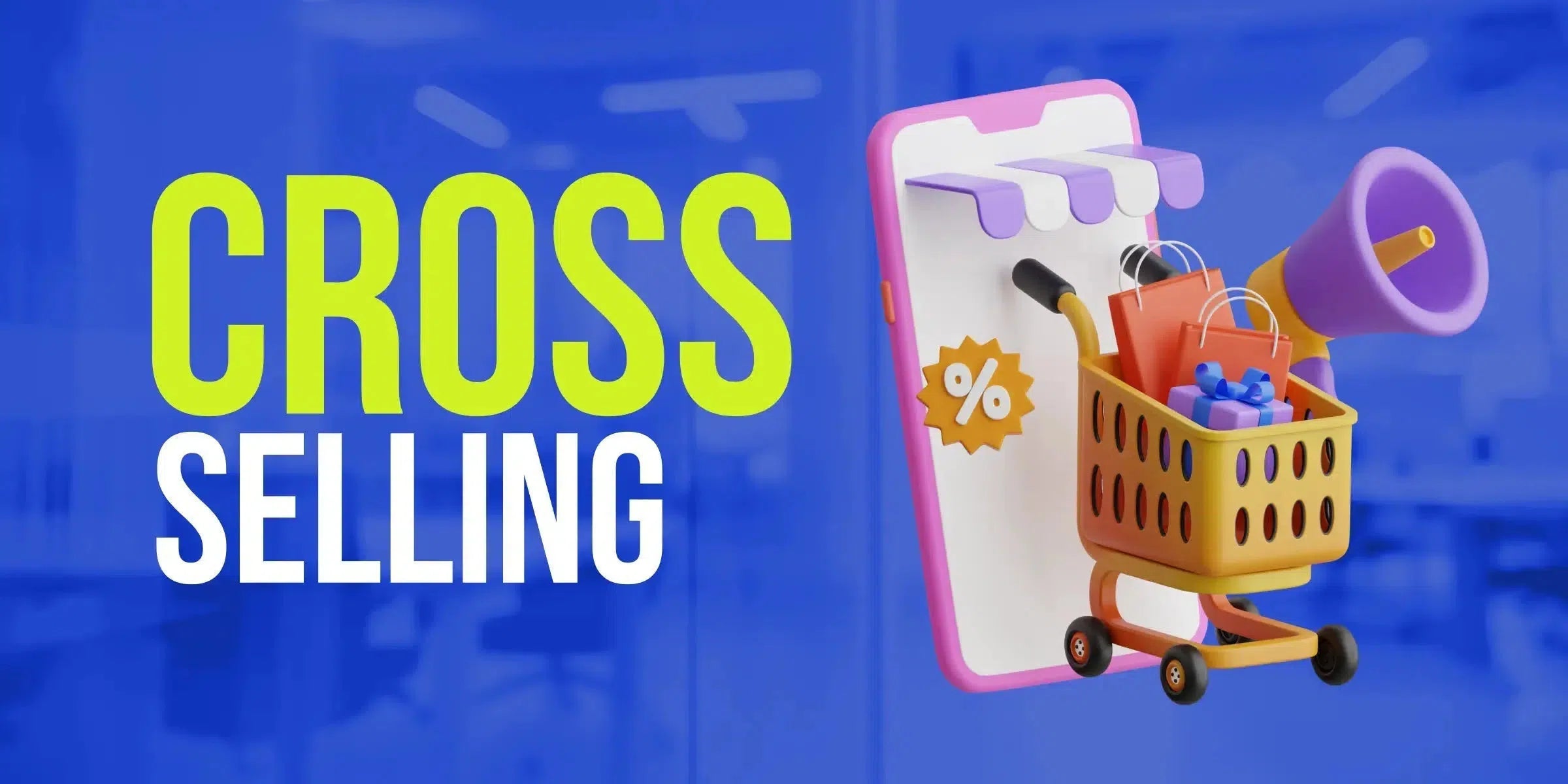
Cross Selling on Shopify: Boosting your sales
In e-commerce, where competition is fierce and customer attention is fought for with every click, effective sales strategies are essential. Among them, cross selling stands out as a powerful technique for increasing the value of the shopping cart and customer satisfaction.
In this article, we'll explore what cross selling is, how it works, best practices, and the crucial difference between cross selling and up selling.
What is Cross Selling?
Cross selling is a sales technique in which a retailer suggests complementary or related products to what the customer is already interested in purchasing. The goal is to increase the total value of the customer's purchase by offering additional items that add value or complete the shopping experience.
How does Cross Selling work in e-commerce?
In the context of e-commerce, cross selling is often implemented through automatic product recommendations. This can be done in several ways:
1. Related products: Show products that are frequently purchased together with the item currently viewed by the customer. For example, if a customer is browsing laptops, the site might suggest accessories like laptop backpacks or security software.
2. "Customers who bought this also bought this": This is a popular technique on platforms like Amazon where customers are introduced to products that other shoppers purchased alongside the current item.
3. Bundle offers: Offer discounts or special promotions when customers purchase a set of related products. For example, "Save 15% when you buy a camera together with a carrying case and a tripod."
Main focuses to pay more attention to cross selling:
1. Product relevance: Product suggestions must be highly relevant to the customer's interests and needs. Make sure you offer items that complete or enhance the current shopping experience.
2. Personalization: Use customer behavior data, purchase history and preferences to personalize product recommendations. The more personalized the suggestions, the greater the likelihood of conversion.
3. Integration into the shopping experience: Cross selling recommendations must be smoothly and organically integrated into the shopping experience, without interrupting the customer flow. Make sure suggestions are displayed in strategic and relevant locations within the purchasing process.
4. Testing and optimization: Experiment with different cross-selling strategies and recommendation engines to determine what works best for your target audience. Track performance metrics like conversion rate and average order value and adjust your tactics as needed.
5. Transparency and value: Be transparent about the reason for recommendations and highlight the value that additional products can offer the customer. Show how suggested items can complement or enhance the current purchase, rather than seeming like a simple upsell.
6. Special offers and promotions: Offer discounts or special promotions to encourage customers to take advantage of cross-selling suggestions. Offers like “Buy together and save” or “Get more for less” can increase the appeal of recommendations.
Cross Selling Best Practices on Shopify
To successfully implement cross selling on a Shopify store, merchants can follow some practices:
1. Use reliable cross selling apps: Choose top-rated cross selling apps from the Shopify App Store that offer advanced customization and customer support features.
2. Personalize recommendations: Leverage customer behavior data and purchase history to personalize product recommendations. The more relevant the suggestions, the greater the likelihood of conversion.
3. Integrate Cross Selling into the shopping experience: Ensure product recommendations are organically integrated into the store design and purchasing process to avoid interruptions in the customer flow.
Difference between Cross Selling and Up Selling
Although cross selling and up selling are related techniques for increasing sales, there is a fundamental difference between them:
• Cross Selling: Involves offering complementary or related products to what the customer is already interested in purchasing. The focus is on increasing the total purchase value by offering additional items that add value to the customer experience.
• Up Selling: Refers to persuading the customer to purchase a more expensive or premium version of the product they are considering. The objective is to increase the value of the transaction, encouraging the customer to opt for a more robust or advanced option.
Conclusion
Cross selling is a valuable strategy for boosting sales and customer satisfaction in ecommerce. By offering complementary and relevant products during the shopping process, retailers can increase average order value and improve the customer shopping experience.
If you're ready to elevate your store's performance, visit PlayEcom to access a variety of e-commerce and Shopify articles, as well as specialized courses. Play your business right now!
